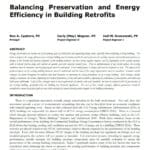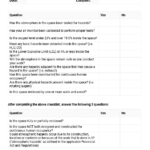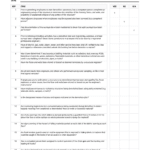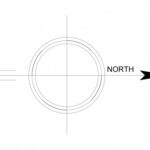Efflorescence in Concrete Whitepaper
LOVE THIS ITEM?
Download For Free
Subscribe to download this item for free! You'll unlock unlimited access to thousands of construction documents, templates and tutorials.
Start Your 14-Day Free TrialProduct FAQ
You will receive your documents and files immediately after you complete the checkout process. You will receive a link on the checkout page as well as via email.
As long as the document remains on Essential Construction you will be able to download it once purchased.
Yes, in most cases (with the exception of stock photography and ebooks) the files you will receive are editable.
We accept debit, all credit cards (Visa, Amex Mastercard etc) as well as payments via Apple Pay, Google Pay and Paypal.
Our return policy varies based on the product, for more information you can find our detailed return policy here.
Our documents are for use on your projects. You may not resell these documents on other marketplaces.
Full Description
Research into each of the materials used in masonry walls reveals that the main source of alkalies for the salts is the Portland cements used in the mortar and grout. Using a low alkali Portland cement will often eliminate the efflorescent problem. It is recommended that low alkali Portland cement be used to reduce the chances of efflorescence occurring. Low alkali Portland cement has 0.6% alkali or less, by weight in the cement (2, 3).
Another culprit is, of course, the clay brick itself. The natural clays used in the manufacture of brick often contain soluble alkali sulfates. Most modern fired clay brick have balanced chemical additives, such as Barium Carbonate (BaCO3), to immobilize the sulfates and render them insoluble (4). This prevents the salts from being dissolved into a solution that could migrate through the wall to the surface. Most fired clay brick do not greatly contribute towards the efflorescence problem.
This site uses Akismet to reduce spam. Learn how your comment data is processed.











Reviews
There are no reviews yet